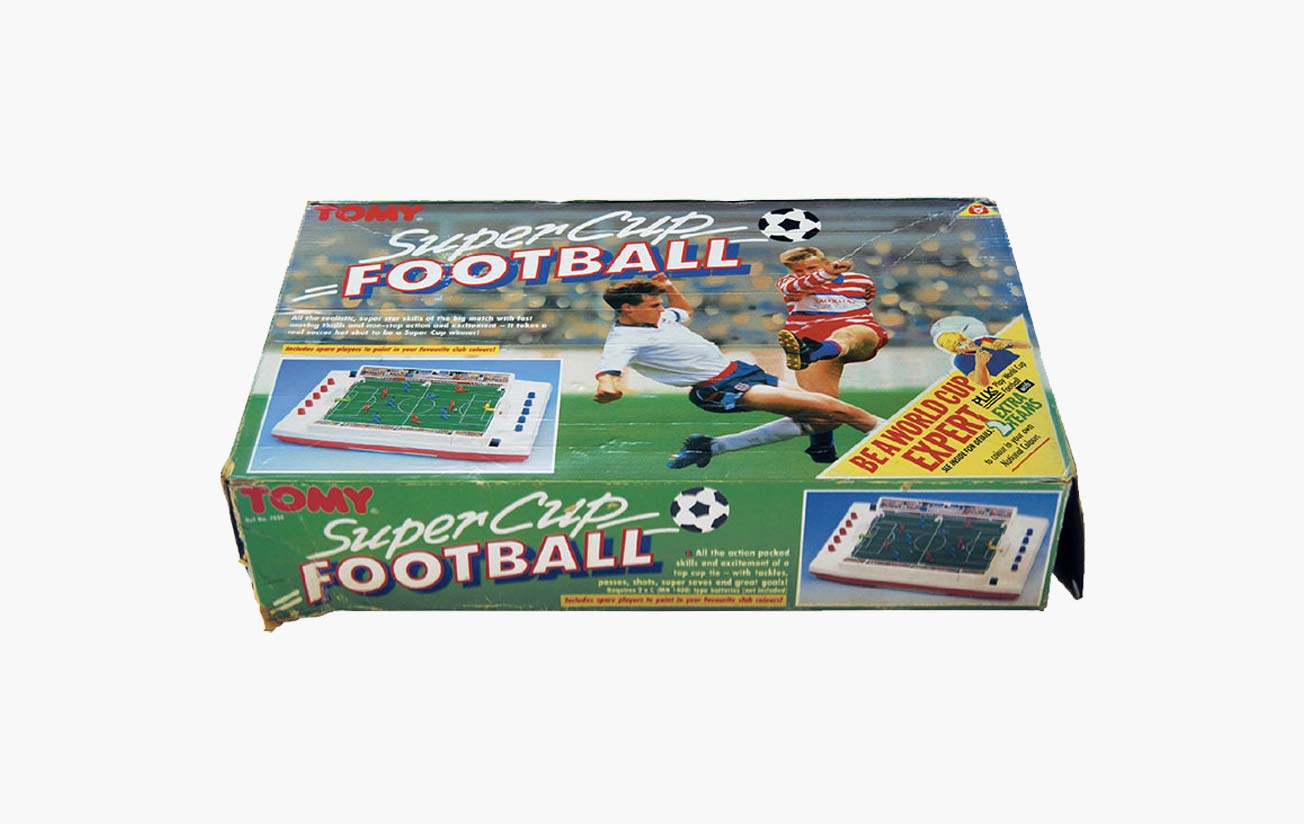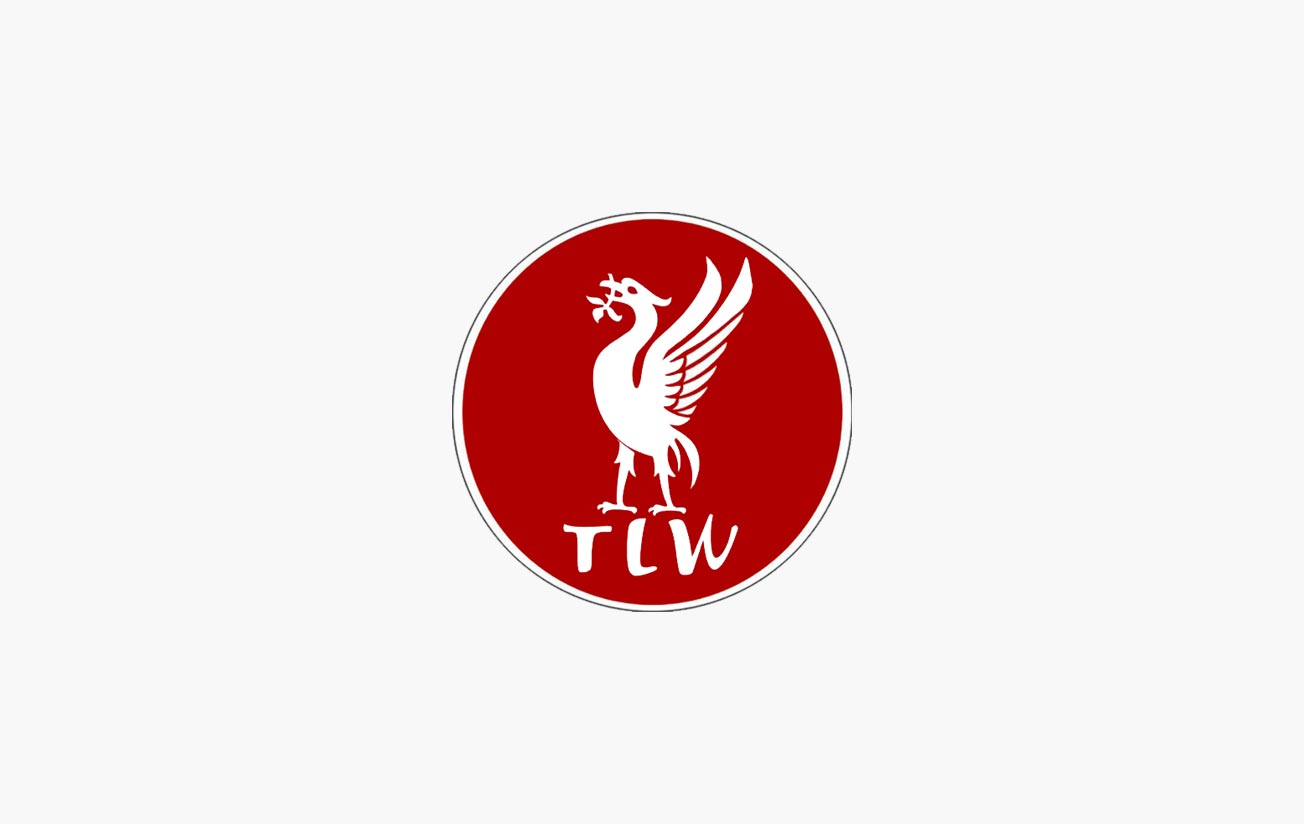Had my countless letters addressed to the directors of all major art institutions finally been heeded? Had my view that the Adidas Tango was, actually, officially, art been accepted as fact within the contemporary art community? (and a secondary question: if so, does this also provide a definitive answer to the question of whether pornography can be art, or is it somehow weird to be sexually attracted to a football?)
These questions ran through my mind earlier this year during a visit by my wife and I to the Palais de Tokyo, the Parisian mecca of contemporary art located near the river Seine. As we entered one of the cavernous museum’s main rooms, I rocked back on my heels in shock at the images before me.
For a while I was fixated on the football itself, as I always am when presented with the Tango. I soon realised however that it got even better, for a large proportion of the main exhibition comprised of huge action shots from various major football tournaments.
In front of each print was a sculpture, which at first glance looked to have been thrown together at random in much the same way as Homer Simpson constructs a BBQ: chairs stuck to wooden frames and lamps at seemingly random angles, appearing utterly unrelated to the football images behind them.
Then I noticed the images which accompanied each football still. Shot in nondescript urban locations, these contained ‘normal’ looking people sat on each sculpture. The sculptures were actually technical marvels; meticulously crafted to allow the acrobatic football scenes to be recreated to impressively accurate levels. The sculptures positioned each limb of the model at just the right angle so that it really could be Michel Platini executing a scissors kick past a despairing defender’s forlorn attempted block, were it not for the fact it was actually a man and a woman sitting on a pile of bric-a-brac in front of a housing estate.
The works form part of a sports-related series entitled ‘Tickled in a Dream’, themselves part of ‘Pan’, the first large-scale solo Paris show by Tokyo-based artist Taro Izumi. Taro’s pieces play with conceptions of movement and the supposed limitations of the human body when compared with the ‘super heroes’ that we pay to watch play professional sport.
To be frank, watching almost – but not quite – motionless videos of ‘normal’ people sitting in these ludicrous contraptions on barren industrial estates, replicating what were originally tremendous feats of agility, is also piss funny. If a video installation featuring a loop of Terry McDermott’s 1978 goal against Tottenham Hotspur at Anfield could win year’s Turner Prize, I could stop bothering museum and gallery staff for ever more.
But there was something so entertaining and intriguing about this exhibition that I was inspired to track the artist down to ask him a few questions, and much to my delight he very kindly agreed.
IBWM: Could you please tell us where you studied, and what the major influences were on your work?
Taro Izumi: I majored in painting at Tama Art University, a Japanese art university. However, I was influenced more by movies that I watched almost everyday, happenings on the streets that I observed while I walked, and gravures in art magazines written in a language I cannot read, than by any schoolwork.
IBWM: What was the process behind creating the sculptures to recreate these famous footballing scenes, and how long did a typical one take to construct?
TI: First of all, in order to reproduce the pose of a player on the football pitch, I observed the 2D picture, to draw out as much information as possible, and then made it into a 3D sculpture to realise their movement itself again in space. This process took time, as I had to rework it over and over. Some took more than two months to complete.
IBWM: The recreations have been shot in typically urban locations, using ‘normal’ looking people that contrast with the ‘super heroes’ depicted in the original sports photos – what was your thinking behind this?
TI: There is an important reason that I shot the videos in a general landscape, not at a stadium where star football players play. As you say, the view could be seen as a contrast, and in contrast to the football players I sought Asian models. I think my country’s football team is quite weak compared to the teams in Europe, but this doesn’t necessarily mean that they have not tested the limits of [their] physical function. They may miss some chances just because their legs are not long enough!
IBWM: Which scenes were the most difficult to recreate?
TI: The most difficult to reproduce are works involving multiple players. I had to repeatedly conduct experiments for these with many camera positions.
IBWM: Are you a football fan? If so, were the shots you chose to recreate chosen purely for aesthetic reasons, or did any have personal resonance for you?
TI: Regardless of football, I am interested in photographs and images capturing sports. Alternatively, I cannot resist observing the body moving beyond its normal capabilities. I have a strong interest in football, especially in that aspect.
Taro Izumi is currently participating in group exhibitions at the Nikolaj Kunsthal gallery in Copenhagen as well as the Hara Museum in Tokyo. Information regarding Mr. Izumi’s work is available on his website.
… To read the full article in its original format, please visit inbedwithmaradonna.com.
I’m available for all types of writing work, wherever you are in the world. You can view examples of my copywriting and features, and you can also find out more about me here and on the homepage. Want to cut to the chase? You can contact me here or at the bottom of this page. I can also be found lurking on Twitter and LinkedIn.



